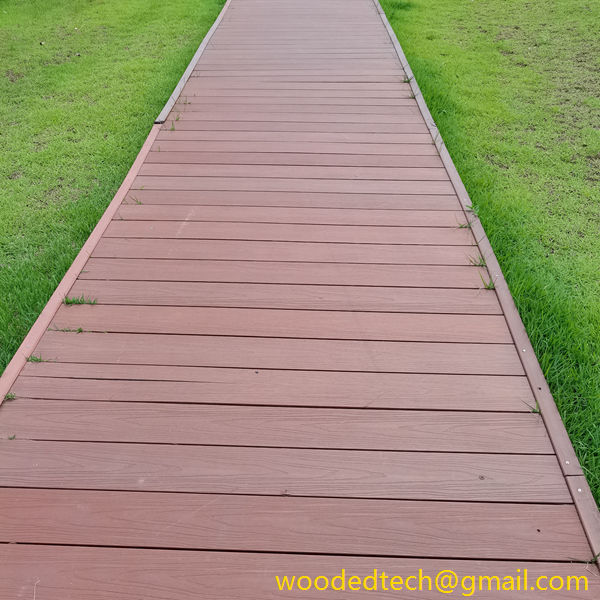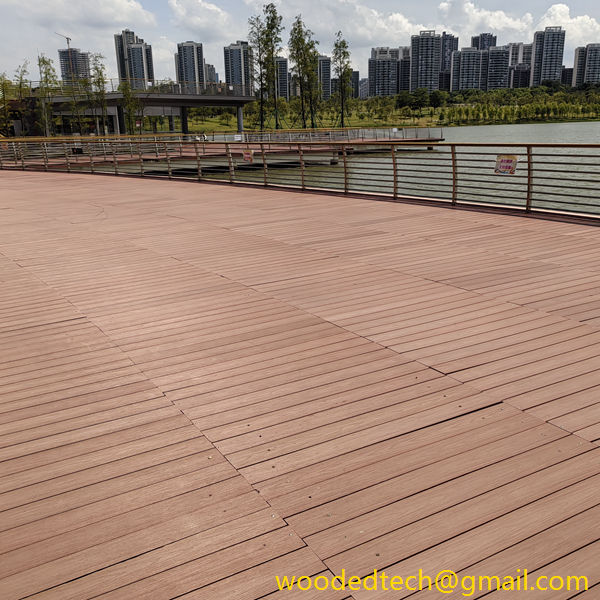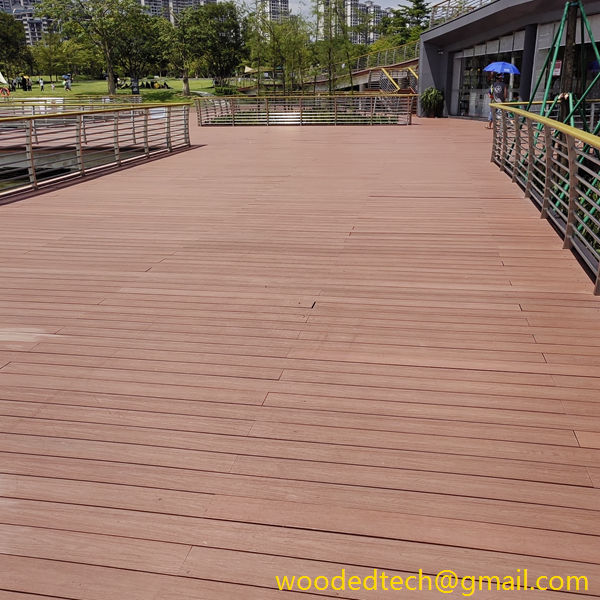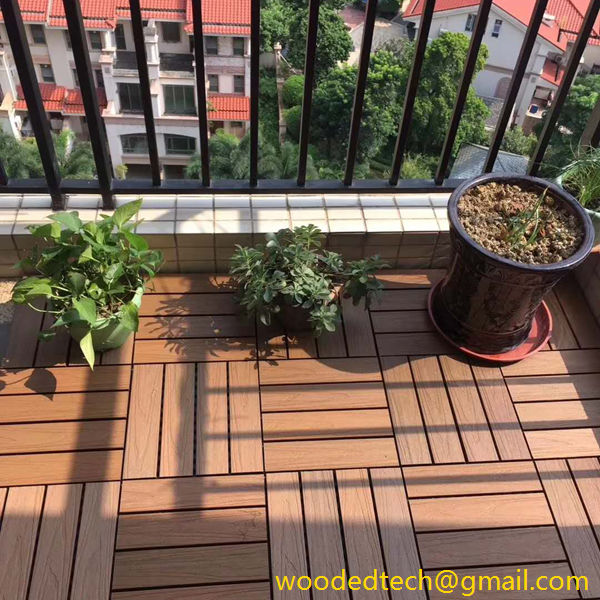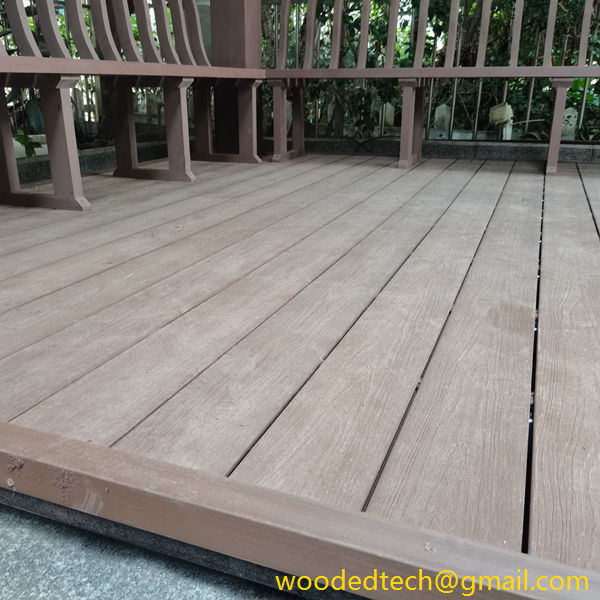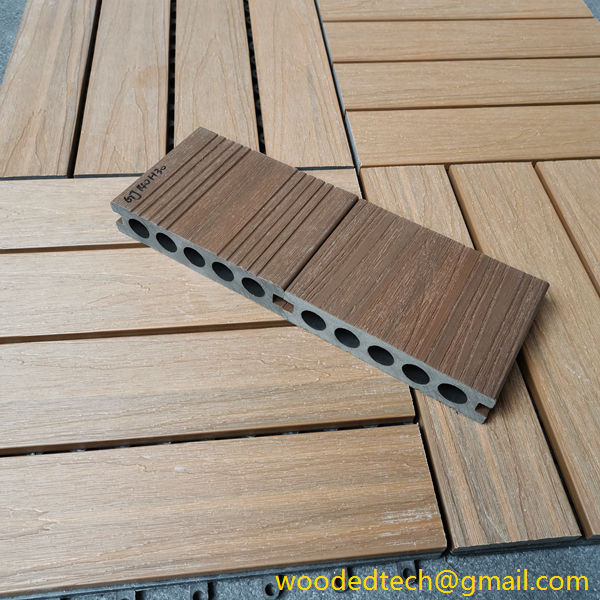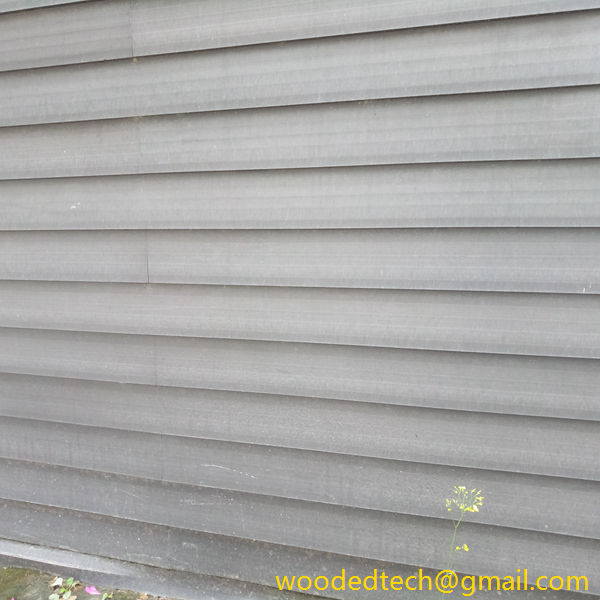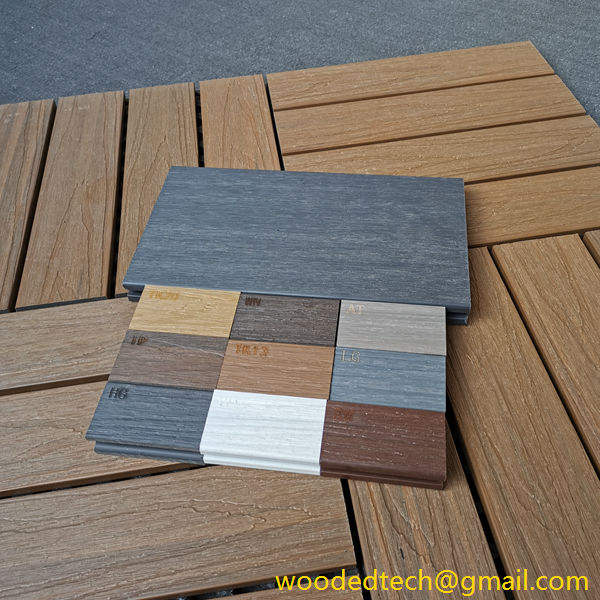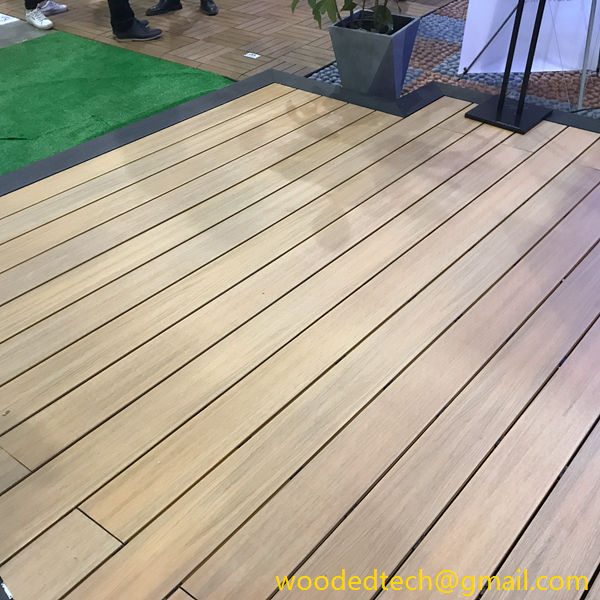What Does WPC Decking Mean and Why It Is a Sustainable Choice for Outdoor Spaces
What Does WPC Decking Mean and Why It Is a Sustainable Choice for Outdoor Spaces WPC decking, which stands for Wood Plastic Composite decking, is a modern innovation in the world of outdoor materials that combines the best qualities of wood and plastic to create a practical and versatile solution for decking needs. As homeowners…
What Does WPC Decking Mean and Why It Is a Sustainable Choice for Outdoor Spaces
WPC decking, which stands for Wood Plastic Composite decking, is a modern innovation in the world of outdoor materials that combines the best qualities of wood and plastic to create a practical and versatile solution for decking needs. As homeowners increasingly seek sustainable options for their outdoor spaces, WPC decking has emerged as a popular choice due to its durability, low maintenance requirements, and eco-friendliness.
WPC decking is made from a blend of wood fibers and recycled plastic, which not only gives it a natural wood-like appearance but also enhances its longevity. The wood fibers used in WPC decking are often sourced from reclaimed wood, while the plastic component is usually made from recycled materials such as polyethylene or polypropylene. This combination results in a product that not only looks good but also helps reduce waste by reusing materials that might otherwise end up in landfills.
One of the most significant advantages of WPC decking is its sustainability. Traditional wood decking options often rely on timber sourced from forests, which can lead to deforestation and habitat destruction if not managed responsibly. In contrast, WPC decking minimizes this environmental impact by using recycled materials and reducing the demand for new timber. By choosing WPC decking, homeowners can contribute to the conservation of natural resources and support recycling initiatives.
In addition to its sustainable sourcing, WPC decking is designed to withstand the elements better than traditional wood. It is resistant to moisture, rot, and insects, which means it requires less maintenance over its lifespan. Homeowners no longer need to worry about sanding, staining, or sealing their decks every year, as is often the case with wooden decks. This not only saves time and effort but also reduces the need for harmful chemicals that are often used in wood preservation treatments. With WPC decking, regular cleaning with soap and water is typically all that is needed to keep the surface looking fresh and inviting.
Moreover, WPC decking offers a variety of aesthetic options that can complement any outdoor design. It is available in a wide range of colors, textures, and finishes, allowing homeowners to create the desired ambiance for their outdoor spaces. Whether one is aiming for a rustic look with wood grain finishes or a sleek modern appearance with solid colors, WPC decking can meet diverse design preferences. This versatility makes it an appealing choice for various applications, including patios, pool decks, and outdoor entertainment areas.
Another critical factor contributing to the sustainability of WPC decking is its longevity. While traditional wood decking may last around 10 to 15 years with proper maintenance, WPC decking can last 25 years or more. This durability not only makes it a cost-effective choice over time but also reduces the frequency of replacement. Fewer replacements mean fewer resources consumed and less waste generated, further enhancing its environmentally friendly profile.
Furthermore, WPC decking is also designed with safety in mind. Many WPC products feature slip-resistant surfaces, making them an ideal choice for areas prone to moisture, such as around pools or in wet climates. This safety feature is particularly important for families with children or elderly individuals, as it helps prevent accidents and injuries.
The production process of WPC decking is also worth noting from a sustainability perspective. Manufacturers are increasingly adopting eco-friendly practices, such as using renewable energy sources during production and minimizing waste through efficient manufacturing processes. Some companies even go further by implementing closed-loop systems that recycle scraps back into their production lines, further reducing their environmental footprint.
Another benefit of WPC decking is its adaptability to various climates. Unlike traditional wood that can warp, split, or crack under extreme weather conditions, WPC decking retains its shape and integrity. This characteristic makes it suitable for a wide range of geographical locations, from humid coastal areas to arid deserts. Homeowners can have peace of mind knowing that their decking will withstand the challenges posed by changing weather patterns.
In conclusion, WPC decking is more than just a trend; it represents a significant advancement in sustainable outdoor living materials. By combining recycled wood fibers and plastic, it offers an eco-friendly alternative to traditional wood decking while providing numerous advantages, including low maintenance, durability, and aesthetic versatility. Homeowners looking to enhance their outdoor spaces while making responsible choices for the environment will find WPC decking to be a compelling option. As awareness of sustainable practices continues to grow, WPC decking stands out as a solution that meets the needs of both the present and the future, allowing us to enjoy beautiful outdoor spaces without compromising the health of our planet.

